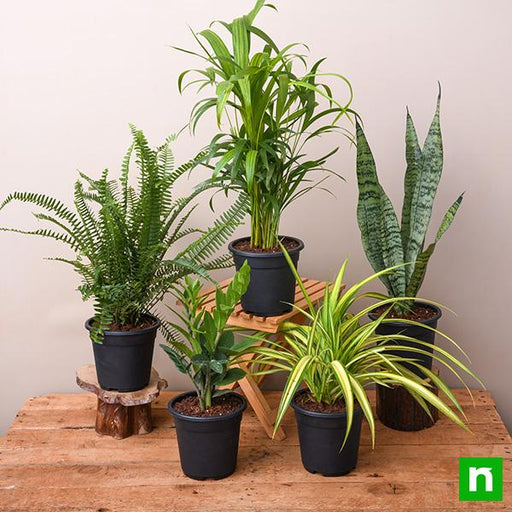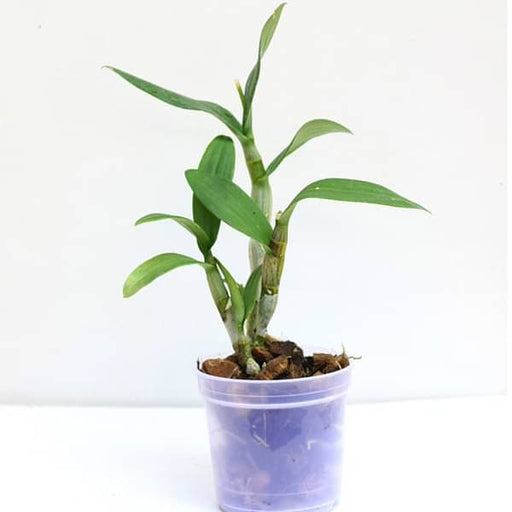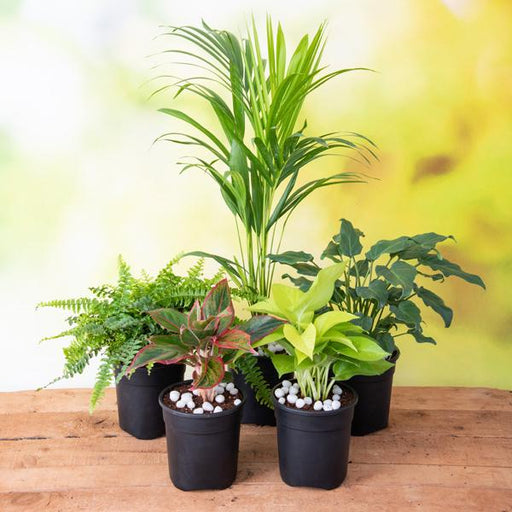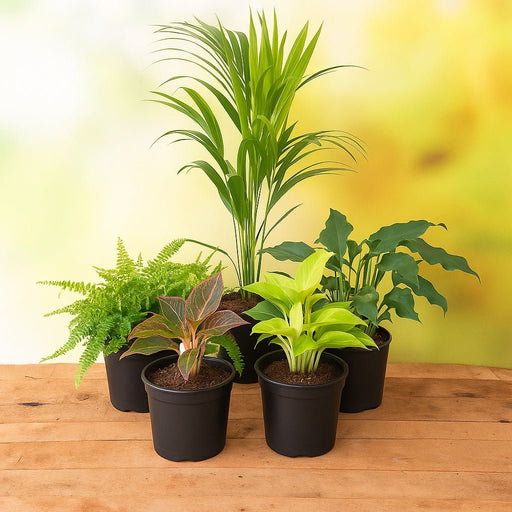How to Care for Orchid Plants
Caring for orchid plants involves providing them with proper watering, fertilizing, and pruning to promote healthy growth and vibrant blooms. It's important to follow the manufacturer's instructions and avoid over-fertilizing, which can damage the plants.
How to Repot Orchid Plants
Repotting orchid plants involves carefully removing the plant from its current container, trimming the roots, and replanting in fresh potting mix. It's important to follow proper repotting techniques and provide the right growing conditions.
How to Identify Common Orchid Plant Problems
Identifying common orchid plant problems involves recognizing signs of disease, pests, and environmental stress, and taking appropriate measures to address the issue.
How to Choose the Right Orchid Plant for Your Home
Choosing the right orchid plant for your home involves considering the plant's size, bloom color, and growing requirements, as well as the specific lighting and temperature conditions in your home.
How to Water Orchid Plants
Watering orchid plants involves providing them with regular, deep watering, but avoiding over-watering, which can lead to root rot. It's important to use the proper watering technique and the right type of water.
How to Fertilize Orchid Plants
Fertilizing orchid plants involves providing them with the right balance of nutrients to promote healthy growth and vibrant blooms. It's important to follow the manufacturer's instructions and avoid over-fertilizing, which can damage the plants.
How to Identify Different Types of Orchid Plants
Identifying different types of orchid plants involves recognizing their unique characteristics, such as bloom shape, color, and growing requirements.
How to Prune Orchid Plants
Pruning orchid plants involves removing dead or diseased branches and shaping the plant to promote healthy growth and vibrant blooms. It's important to prune at the right time of year and to use the proper tools.
How to Control Pests and Disease in Orchid Plants
Controlling pests and disease in orchid plants involves regular inspection, proper watering and fertilizing, and using organic pest control methods when necessary.
How to Choose the Right Pot for Orchid Plants
Choosing the right pot for orchid plants involves selecting a container with adequate drainage and proper size for the plant's root system.
How to Reproduce Orchid Plants
Reproducing orchid plants involves growing new plants from seeds or stem cuttings. It's important to follow proper propagation techniques and provide the right growing conditions.
How to Prune Orchid Plants for Winter
Pruning orchid plants for winter involves removing dead or diseased branches and shaping the plant to promote healthy growth during the dormant season.
How to Use Orchid Plants in Home Decor
Using orchid plants in home decor involves selecting the right location and container, and pairing the plant with complementary decor to create a cohesive look.
How to Choose the Right Soil for Orchid Plants
Choosing the right soil for orchid plants involves selecting a well-draining mix that provides the proper pH balance and nutrients for healthy growth.
How to Grow Orchid Plants in Hanging Baskets
Growing orchid plants in hanging baskets involves selecting the right basket and providing proper soil, watering, and fertilizing to promote healthy growth and vibrant blooms. It's important to consider the specific growing requirements of the plant.
How to Use Orchid Plants in Landscaping
Using orchid plants in landscaping involves selecting the right location, choosing complementary plants and decor, and providing the right growing conditions to ensure healthy growth and vibrant blooms.
How to Choose the Right Lighting for Orchid Plants
Choosing the right lighting for orchid plants involves considering the specific lighting requirements of the plant, and providing the right amount and type of light to promote healthy growth and vibrant blooms.
How to Choose the Right Temperature for Orchid Plants
Choosing the right temperature for orchid plants involves considering the specific temperature requirements of the plant, and providing the right environment to promote healthy growth and vibrant blooms.
How to Use Orchid Plants in Wedding Decor
Using orchid plants in wedding decor involves selecting the right varieties and colors, and incorporating them into bouquets, centerpieces, and other floral arrangements to create a stunning and memorable event.
How to Overwinter Orchid Plants
Overwintering orchid plants involves providing them with proper care during the dormant season, including reduced watering and fertilizing, and protecting them from temperature fluctuations and pests.





























































